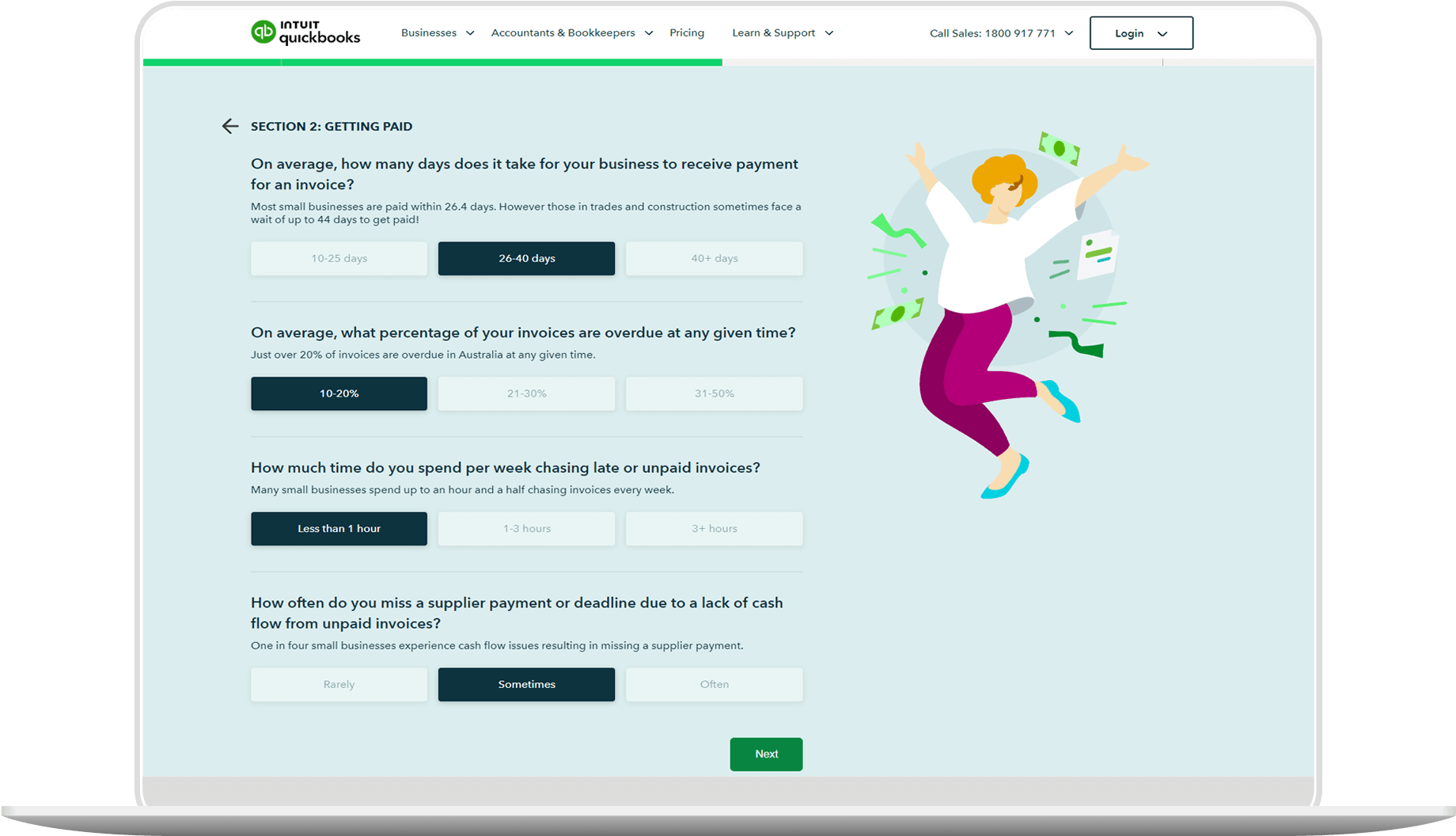What Is a Depreciation Schedule?
A depreciation schedule forecasts the value of a company’s depreciation expense, fixed assets, and capital expenditures.
Economic assets are different types of properties, plants, and equipment. As these assets are used more frequently, they start to wear and tear and depreciate in value. Accounting for depreciation will help you put a number on that wear and tear and help your business understand the value of that asset over time.
Since different assets lose value at different rates, accounting for depreciation can help you calculate that difference. The schedule will specify three main aspects:
- The different classes of assets
- Type of depreciation method used
- The cumulative depreciation incurred at various points in time
The depreciation schedule can also include forecasted and historical capital expenditure (CapEx). A depreciation schedule guides you or your accountant in deciding what tax deductions to claim when doing your tax return each financial year. This ensures that you claim the correct amount of tax.
You can also seek professional advice from a qualified depreciation quantity surveyor to confirm the amount of tax you can claim. Provide this material to a depreciation specialist that works directly with the Australian Taxation Office (ATO). This way, you can be sure that your schedule will be simple and suited to your tax returns.
Some depreciation quantity surveyors even let you copy, adapt, modify, and transmit changes to previous tax returns. This enables you to claim depreciation from when you first owned the property.
This also ensures that there won’t be any mistakes due to items being improperly listed on the depreciation schedule. Another great benefit is that the costs used to complete it are tax refundable.
There are five main methods of depreciation. These include straight line, double declining balance, sum-of-the-years’-digits, units of production, and a modified accelerated cost recovery system. Below is an example of the double declining balance method.
Depreciation Schedule Example
This accelerated depreciation method matches the value of assets that lose value quickly throughout their useful lives. You can calculate the double declining depreciation by doubling the straight line depreciation rate.
For instance, let’s say your asset’s depreciable value is $10,000, with a useful life of five years. Your annual straight-line depreciation would be: $2,000 ($10,000 / 5 years).
Your straight line rate is 20 percent ($2,000 annual depreciation / $10,000 depreciable value). This means the double-declining rate is 40 percent.
Thus, for the subsequent years, you can apply the 40 percent depreciation rate to the remaining net book value (book value - depreciation).
Why Do You Need a Depreciation Schedule?
Using a depreciation schedule for a rental property or investment property ensures that you claim the full amount of tax back by the time you complete the tax return.
When you work with depreciation quantity surveyors that are ATO-compliant, you are not only given the benefit of claiming guaranteed entitlements for your tax return, but you can also ensure you receive the biggest return possible from your investment property by maximising your entitlements.
While there are significant benefits to ordering a depreciation schedule immediately after your purchase, there is also a great benefit in starting your depreciation schedule at the beginning of the specific financial year you are in to maximise your returns.
Is the Cost of a Depreciation Schedule Deductible?
You can deduct the amount of depreciation annually to recover the cost of the business asset. It allows small business owners to reduce the asset's value over time due to wear and tear. However, the asset must have a useful life of more than one year. This is usually listed as an expense on an income statement.

















